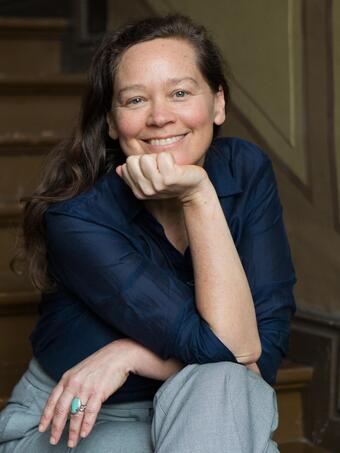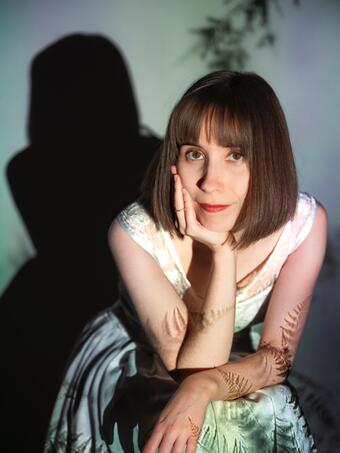PhD in the Arts
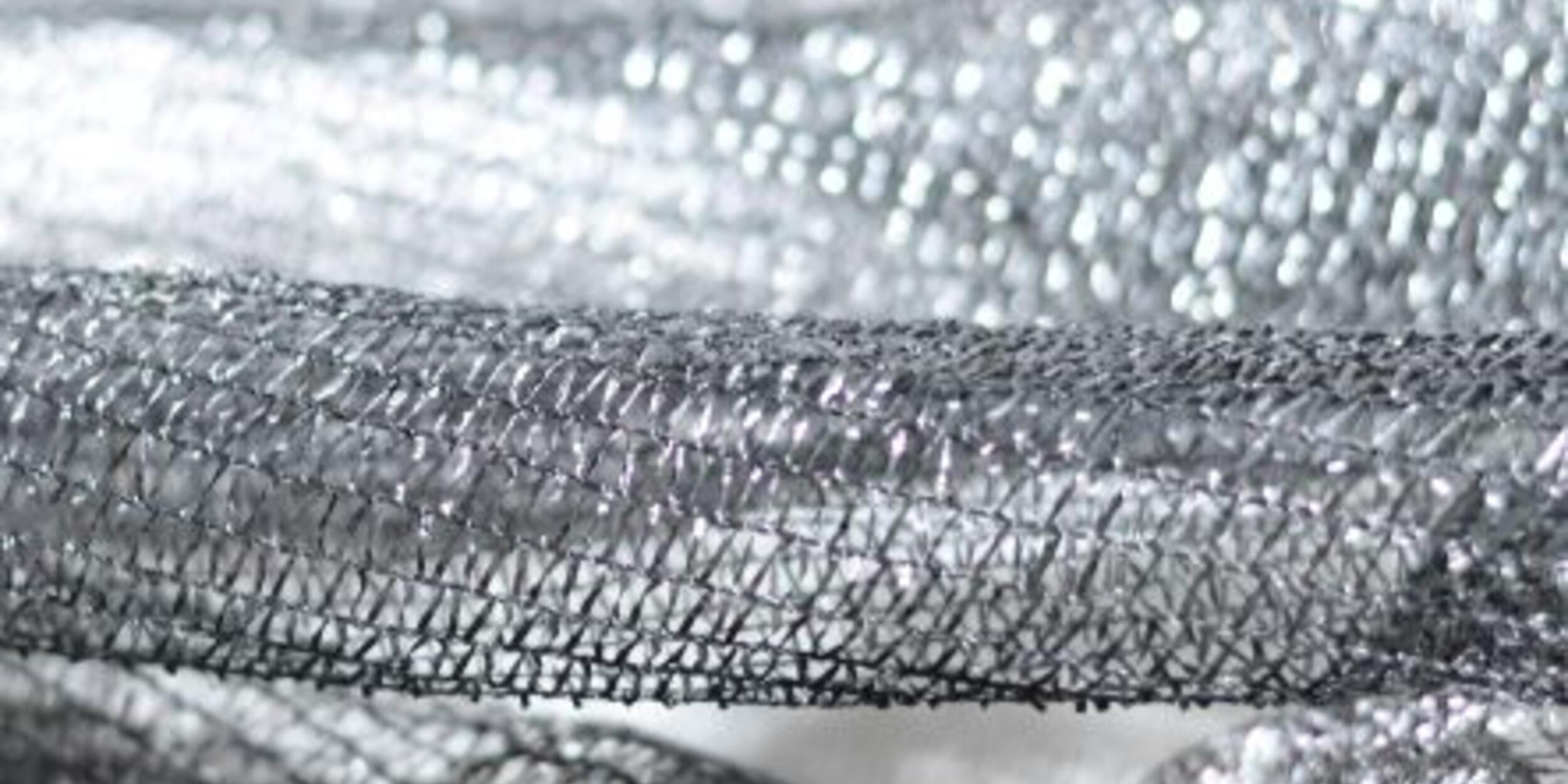
Overview
The artistic doctoral programme at the Mozarteum University sees itself as an international course of study and offers artists and researchers from various fields such as music, visual arts, theatre, dance, film, media and design an opportunity to further develop independent artistic research practice. The doctoral programme focuses on the potential of artistic processes to articulate themselves as research, highlighting their capacity for creative and critical reflection. In this context, artistic practice serves as both the subject of investigation and the primary method through which research is conducted.
Department of Studies & Examinations
+43 676 88122 492
studienabteilung@moz.ac.at
Length of course
6 semesters / 180 ECTS credits
Language
English
Application period
1.2.-28.3.2025
Entrance examination
10.-12.6.2025
to the dates
Downloads
News & Events
19.-20. January 2026, Schloss Frohnburg/Kleines Studio
The PhD Programme in the Arts at Mozarteum University Salzburg inaugurates its annual conference under the title “In the making”. The event will showcase the interim reviews of our doctoral candidates Seung Ju Noh, Francesco Pizzochero, Valeria Zane, Claudia Rohrmoser, Elina Saalfeld, and Sunette Viljoen, and will feature presentations, lecture-performances, discussions, and poster presentations, among other formats.
The event will be open to the public and will take place on 19 January at Schloss Frohnburg and 20 January at Kleines Studio It will open with a greeting from the President of the Mozarteum, Elisabeth Gutjahr. All presentations and discussions will be held in English.
The Artistic Research Lecture Series explores diverse perspectives and methodologies within the field of artistic research. Invited speakers—artist-researchers and scholars from adjacent fields—present their work and engage in discussions on how artistic processes generate knowledge. The series serves as a forum for critical discourse on artistic research, both within and beyond Mozarteum.
- - -
Ele Carpenter: Curating Incommensurable Nuclear Futures
Tuesday, 20.01.2026, 19:15, W&K-Atelier im KunstQuartier, Bergstraße 12a
Eve Tuck and K. Wayne Yang’s ethic of incommensurability as a way forward is a productive framework for rethinking the role and agency of art in nuclear sites and communities. They argue that decolonisation is not a metaphor, and that decolonisation as a form of reconciliation is not possible. What is done cannot be undone, and metaphorical forms of decolonisation only serve to absolve settler guilt. This presents a direct challenge for art and artists who deal in meaning and representations that are both real and symbolic, concrete and allegorical. In the same way that Sadie Plant described the World Wide Web as both actual and metaphorical, artists seek conceptual frameworks that trace relationships between materials and places, multiple histories and speculative futures, all within the moment of the present. Metaphor is intrinsic to storytelling, transferring meaning between different conceptual frames, often shifting between the material and dramatised worlds.
Scott McLaughlin: Contingency, Indeterminacy, and New Knowledge in Composition and Performance
Tuesday, 25.11.2025, 19:15, W&K-Atelier im KunstQuartier, Bergstraße 12a
Indeterminacy is commonly accepted as an artistic method, but is something unpredictable automatically 'new knowledge'? What are the pathways of knowledge in experimental music? How do we differentiate usefully between 'new for me/us' and 'new for all' and disseminate ideas effectively? I will discuss approaches to criticality around the 'site' of indeterminacy as a way to explore and situate differently unpredictable material as entangled with the human techniques and embodied understanding that interact with it, how contingency and consequences can feed-back into the processes of composition and performance, and how this can be disseminated as research. How we can use artistic practice to challenge hegemonies of knowledge, and offer alternative paths for new knowledge that doesn't necessarily alienate the old but rather creates space for plurality and equity
Prospective applicants are invited to attend an info webinar providing an overview of the programme and an opportunity to ask questions directly to the programme team. Two webinar appointments are available, and applicants may choose to attend either one: Wednesday, 11 February 2026, 18:00–19:00 or Thursday, 19 February 2026, 15:00–16:00. You can register for the webinar here.
Course
The artistic doctoral programme at the Mozarteum University sees itself as an international course of study and offers artists and researchers from various fields such as music, visual arts, theatre, dance, film, media and design an opportunity to further develop independent artistic research practice. The doctoral programme focuses on the potential of artistic processes to articulate themselves as research, highlighting their capacity for creative and critical reflection. In this context, artistic practice serves as both the subject of investigation and the primary method through which research is conducted.
The PhD in the Arts provides a structured framework for the development of individual projects, encompassing a wide spectrum of formats including one-to-one tuition, seminars, workshops, lectures, excursions and a student-led “open space”. The programme is set within a collaborative research environment that fosters artistic and scholarly exchange and collaboration. It is supported by extensive infrastructure including specialised spaces, equipment, instruments and library resources.
The programme is designed for a minimum of 3 years and conducted in English. All courses take place in monthly gatherings. Residence in Austria is not required, but participants are requested to take part in activities in Salzburg.
Applicants are admitted to the doctoral programme in a two-stage selection process (application and presentation). In addition, knowledge of English (oral and written) must be proven.
General eligibility doctoral programme is proven by the successful completion of a relevant diploma, master's programme or other equivalent programme with at least the same level of education at a recognised domestic or foreign post-secondary educational institution. All degrees in the studies offered at the Mozarteum are considered suitable prerequisites, although applications from graduates of other institutions are welcomed.
In addition to fulfilling the general eligibility criteria, applicants must also pass an entrance examination in order to be admitted to the degree programme. All relevant documents pertaining to the applicant's previous studies must be uploaded to be checked in the course of the online aplication process. Selected applicants will only be invited after all the required documents have been uploaded, and these approved by the university admissions officers.
Documents required for the online application
- The application portfolio (in a PDF file of maximum 5 MB) consists of a written part in English outlining the research project and documenting previous artistic practice, including:
- a curriculum vitae
- a portfolio of relevant activities (exhibitions, concerts, compositions, publications, conferences, etc.), with links to audio and video files and large images where relevant,
- a written proposal for the artistic research project to be developed in the course of the study (contextualisation of the proposed research, research questions, methods and a provisional timetable for the project, optional: proposals for possible supervisors).
The PhD project proposal should consist of 5 to 10 A4 pages.
- MA certificate or diploma obtained from a relevant degree programme, if the degree programme has already been completed.
- Current confirmation of enrolment, if the degree programme has not yet been completed (the certificate must be submitted by the time of enrolment!)
- overview of subjects and grades (Transcript of Records) of the MA programme
- If further previous studies have been undertaken, a complete overview of subjects and grades (Transcript of Records) of all studies must also be uploaded.
- Proof of English language skills, at least B2 Common European Framework of Reference CEFR 2001 (optional for the online application but obligatory for admission).
Form of the documents
- The documents can be uploaded as PDF in the application form.
- If the required documents are not available in German or English, an official translation must be submitted.
Dates & timeline
- Online registration for an audition during the application period (1st February - 28th March 2025) via the application portal Muvac
(PLEASE NOTE: Registration is only possible after submission of all required documents!) - The result of the first part of the selection procedure will be communicated to the applicants until Mid-May 2025.
- Selected candidates will be invited to participate in the second part of the selection procedure in Salzburg between 10th and 12th June 2025.
- The results of the selection procedure will be communicated by the end of June 2025.
- Enrolment during the general admission period.
Accessibility and widening participation
Please note that the Mozarteum University Salzburg offers various support options at the time of your audition and during your studies if you have a disability or a chronic illness.
If this applies to you and you would like to take advantage of counselling, please contact Claudia Haitzmann: claudia.haitzmann@moz.ac.at or +43 676 88122 337.
Please take a look at the FAQs about registration in Muvac if you get stuck at any of the steps.
The steps necessary for registration are detailed below. Applicants who have already studied at an Austrian university should start with step 3.
2. Once in the MOZonline account: fill in the mandatory statistics UHstat1 (pre-registration for studies) and make a note of the application number that is sent by email upon submission of this information.
3. Create an application account in Muvac
4. Fill out your own profile in Muvac (minimum requirements: personal data, information on expertise matching the desired degree programme, in the CV: current employment and information on previous training)
6. Fill out the application form in Muvac ("Apply now"), being sure to enter your application number (see step 2) or Austrian matriculation number in the appropriate field
Please note: Your application is only valid once you click "Submit application" in Muvac and subsequently receive a green confirmation message from Muvac. Creating a basic account in MOZonline (step 1) or creating a profile in Muvac (step 4) does not constitute a valid application!
After successful submission, you will receive an email from Muvac confirming receipt of your application. You can also check the status of your application yourself after logging into Muvac under Menu -> Applications.
All courses take place in monthly meetings. Residence in Austria is not required, but participants are asked to participate in the activities in Salzburg.
The final assessment in the artistic doctoral programme consists of the following parts:
- Positive completion of the courses and examinations required by the curriculum, including Interim Review
- Submission of the documentation of the PhD project
- Final Review with a panel of examiners
A course fee (if applicable) and the ÖH contribution (Students' Union fees) must be paid per semester for participation in the course.
Information on the current fees can be found HERE.
No salary or scholarship from the Mozarteum University is associated with admission to the PhD in the Arts programme.
Programme Requirements
What kind of projects are suitable for this PhD programme?
The PhD in the Arts at Mozarteum is an artistic research PhD. In this context, artistic practice serves as both the subject of investigation and the primary method through which research is conducted. This centrality of practice is what most clearly distinguishes an artistic research PhD: research questions are explored through artistic practice and from a first-person, practitioner’s perspective rather than from a detached, theoretical standpoint.
Engagement with relevant literature and theory should arise from the practice and, in turn, feed back into it. The artistic and discursive components of the research should be closely intertwined, sustaining a reciprocal and dialogical relationship throughout the project. At the same time, the research should extend beyond the candidate’s individual practice by clearly articulating its relevance and contribution to the candidate’s field.
What are the language requirements?
The Artistic Doctoral Programme (PhD in the Arts) is an international programme with English as the language of instruction. Applicants whose first language is not English must provide proof of English proficiency at level B2 (Common European Framework of Reference for Languages, CEFR 2001) before being admitted to the programme.
What are the in-person attendance requirements?
Group courses are held during monthly gatherings (“focus weeks”), with three to four focus weeks scheduled per semester. The detailed schedule for each semester is communicated one semester in advance. On-site attendance during focus weeks for the first 3 semesters is mandatory, and the official place of study is Salzburg. The remaining ECTS credits can be obtained either by attending an additional semester of focus weeks or by completing other free electives that total the required number of ECTS credits. One-to-one tuition (“privatissima”) is arranged individually with each supervisor.
Are there any prerequisites for admission to the programme?
A prerequisite for admission to the programme is the completion of a diploma or master’s degree – or another degree of at least the same higher-education level – in a relevant artistic field, issued by an accredited domestic or foreign post-secondary educational institution.
Supervision
Do I need to find a supervisor before submitting my proposal?
No, a supervisor is not required at the time of submission, though applicants may indicate preferred supervisors in their application. Candidates are expected to form their supervisory team during the first semester, with the dissertation agreement due at the end of that semester.
Who is eligible to supervise PhD in the Arts projects?
A list of all faculty members eligible to supervise PhD in the Arts projects is available on the University’s website. According to the curriculum of the PhD programme in the Arts, PhD projects are supervised by a supervisory team approved by the director of studies. The members of the supervisory team shall be selected according to professional and thematic aspects. Care shall be taken to ensure that a broad expertise is available for the respective PhD project.
A supervisory team consists of at least two supervisors. One supervisor must be chosen among the teaching pool of the Mozarteum University with venia docendi. At least one of the supervisors must hold a PhD. At the initiative of the doctoral students, further supervisors can be included in the team. Supervisors can be professors from the University Mozarteum Salzburg as well as from other international institutions and/or other artists.
Admission
What is the format of the entrance exam?
The admission exam for the programme is conducted once a year. Applicants are selected through a two-stage process consisting of a written proposal submission and an oral presentation/interview. Proof of English proficiency (both written and spoken) is also required. Both stages are evaluated separately, and only applicants whose proposals are positively assessed are invited to the presentation/interview.
In the first stage, applicants must submit a written outline of their intended artistic research project via online registration. The proposal, typically 5 to 10 A4 pages, should include the context and background of the research, research questions, methodology, and a provisional timeline. Applicants may also suggest potential supervisors. A comprehensive list of all required documents for the online application is available on the University’s website.
In the presentation stage, applicants discuss their proposed project with the admissions committee and demonstrate their artistic and scholarly potential to undertake the doctoral research. During this stage, applicants are expected to situate their project within relevant disciplinary and research contexts, discuss preliminary work, and explain their personal motivation for pursuing a PhD in the Arts.
How are applications assessed and what are some common reasons applications get rejected?
- Centrality of Practice:
The PhD programme in the Arts is an artistic research programme. Applications should therefore place practice at their very center: artistic practice should simultaneously be the main method, object, and objective of the investigation. If a proposal does not clearly demonstrate how the research qualifies as artistic research, it is unlikely to be successful. - Clarity and Scope:
Strong proposals generally articulate a few specific and manageable research questions. These should be clearly formulated and suited to the scale and duration of a doctoral project. A well-scoped project is one that can be thoroughly explored within the timeframe of a PhD, showing depth without overextension. - Contextualization:
Proposals must situate the research within both artistic and theoretical contexts. Referenced works should be discussed critically and reflexively with respect to the applicant’s own research. A simple mention of relevant work in the form of a bibliography is not adequate and should reflect the current state of the field. The proposal should clearly demonstrate how the project relates to and differentiates itself from existing approaches within the candidate’s field, and why that matters. - Relevance of Research Questions:
The proposed research should contribute meaningfully to the applicant’s field. It is not sufficient for the project to be personally meaningful; its broader relevance to the artistic community and the field of artistic research should be clearly articulated. - Feasibility and Suitability of Methods:
The proposed methods must be appropriate for the research questions and clearly justified. The proposal should explain the rationale for the chosen methods, the type of knowledge they are expected to generate, and how that knowledge will inform the applicant’s artistic practice. A feasible project also accounts for practical constraints, such as time, resources, and access. - Applicant’s Qualifications:
There should be a clear and traceable link between the candidate’s prior work and their proposed research. Applications may be unsuccessful if the project appears disconnected from the applicant’s artistic trajectory or lacks supporting preliminary work demonstrating their ability to undertake it. - Reflexivity:
Strong proposals demonstrate not only deep engagement with relevant literature and artistic contexts but also a high degree of self-reflection. This includes critically examining one’s own assumptions, acknowledging the limitations of the chosen approach, and showing awareness of potential challenges or blind spots. A lack of such critical self-awareness can significantly weaken a proposal. - Relationship Between Theory and Practice:
The most compelling proposals demonstrate a dialogical relationship between theory and practice, in which one informs and transforms the other. Discourse is not instrumentalized to justify artistic practice, and artistic practice is not intended as an illustration of theory. - Quality of Artistic Work:
The evaluation includes both the written proposal and the artistic portfolio. If the portfolio does not demonstrate a level of maturity or originality appropriate for doctoral-level study, this may be a reason for non-admission.
Funding & Fees
What are the tuition fees?
A course fee (if applicable) and the ÖH contribution (Students’ Union fees) must be paid per semester for participation in the programme. Information on the current fees can be found on the University’s website.
Are scholarships or funding opportunities available?
No salary or scholarship from the Mozarteum University is associated with admission to the PhD in the Arts programme. However, candidates are supported in their applications to external funding and scholarships.
Miscellaneous
What do I do if I have further questions?
Further information on the PhD programme in the Arts, including the curriculum and implementation guidelines, is available on the University’s website. An info webinar is also offered, where applicants can ask questions directly to the programme team. Information on the date, time, and registration for the webinar is available online.
For further enquiries, please contact the programme director:
Univ.-Prof. Dr. Artemi-Maria Gioti, artemi_maria.gioti@moz.ac.at
Any questions?
You can find more information about starting your studies here:
- FAQ - Answers to questions about studying
- The path to admission
- Starting your studies
- Life in Salzburg
- Finance & Scholarships
- General Downloads
PhD Candidates - Admission year 2025
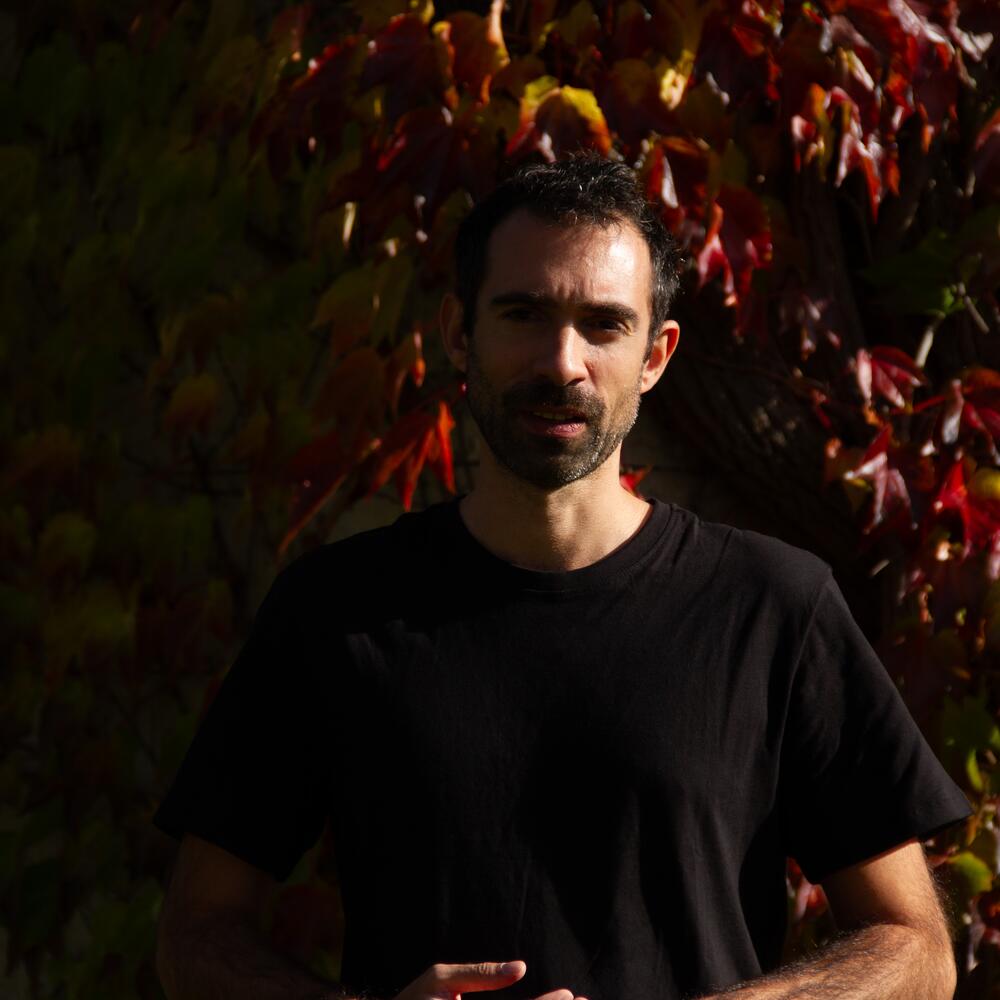
This research explores and seeks to build a consistent conceptualization of transversality in contemporary artistic practice, examining how self-determined artistic devices can generate new forms of collective creation and organization. Through analytical philosophy, South American epistemologies, public management, and artistic fieldwork, the project investigates how the work of art itself can function as a generative principle for transversal relations—aiming to develop a determined framework differentiated from both verticality and horizontality, while reconfiguring the aesthetic, social, and political dimensions of art-making.
Structured around three perspectives—critical analysis of transversal practices, experimentation with the materiality of art mediums, and the creation of an artwork that enacts transversal self-determination—the project aims to construct a framework that explores the limits of art as a mode of collective production. It seeks to articulate how artistic processes may operate beyond disciplinary boundaries, opening spaces for interdependence and new systems of production within contemporary collective structures.
The artistic research is planned to be carried out in Salzburg, working closely with local communities, residents, and artists to explore how transversal self‑determined practices can be developed and enacted in a concrete, situated context. This engagement will allow the project to test and refine its conceptual framework on transversality while observing how collective creation and organization emerge through situated, collaborative artistic practices.
- - -
Alejandro Aldea (b. Santiago, Chile) is a philosopher, filmmaker, and multidisciplinary artist based in Salzburg. He holds Master’s degrees in Visual Arts (University of Chile) and Philosophy (Paris Lodron Universität Salzburg), and BAs in Philosophy and in English Literature and Linguistics. He also completed a Filmmaking Certificate at the European Film College (Denmark) and a Diploma in Public Management at the University of Chile. From 2015 to 2023, he was a founding member of Guasasapo Cooperative, a self-managed art and production space in Santiago de Chile grounded in territoriality and neighborhood-based situated practice. His work intertwines philosophical reflection with narrative experimentation, exploring the intersections between image, language, and collective creation.
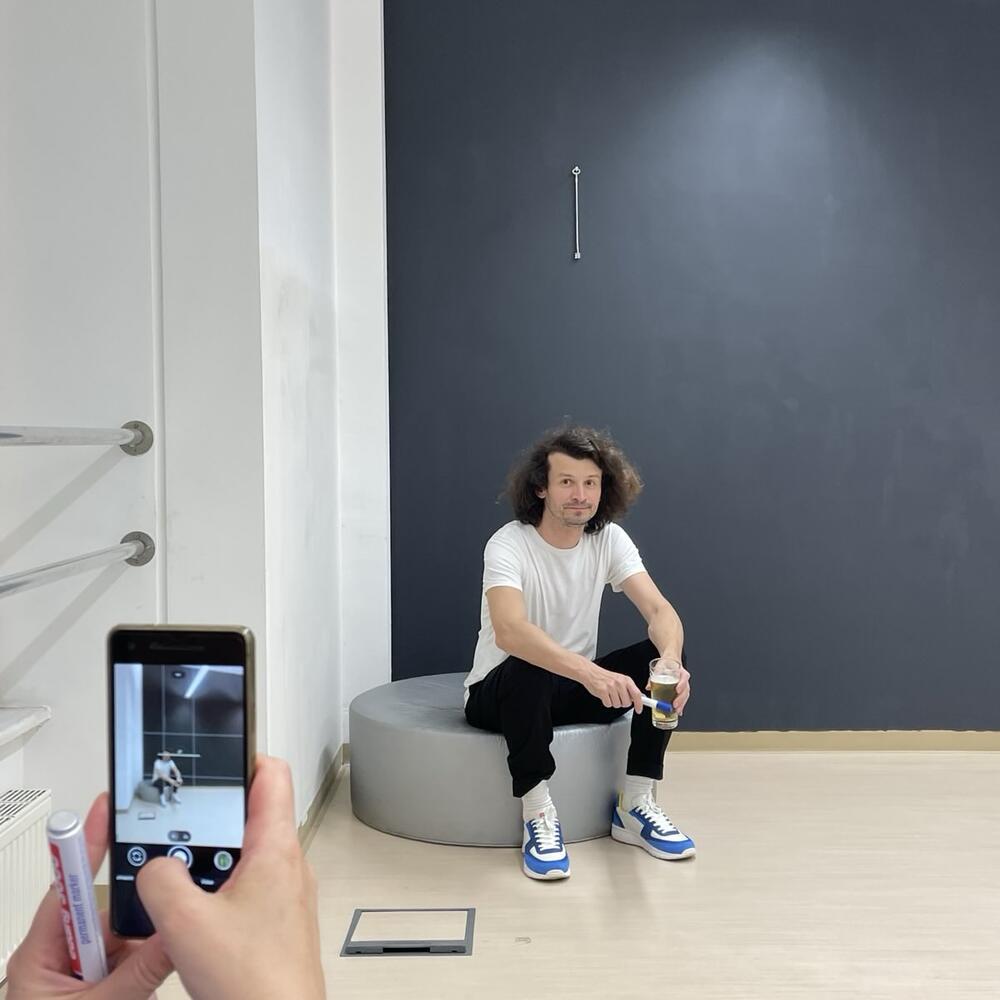
„Tuesday I Became Clouds” explores the relationship between artistic and scientific representation of clouds through the ubiquitous ‘weather app’. How can a weather app spark our imagination?
The focus of this artistic research project is on the reconstruction - copying, imitating, and replicating - of visual material used to display the weather forecast in the Apple Weather app. The replicated visual material forms the basis for a series of artworks: visual essays, prints, moving image works, and installations. Thus, it continues my artistic practice of working on existing material - a practice that involves a sensitive and detailed approach to creating differences and insights, ultimately generating new narratives through repetition and recombination.
Further exploration takes place in a series of transdisciplinary workshops, where artists and non-artists are brought into recursive interactions with the same task, I set for myself: the reproduction of an existing artwork or scientific artifact.
To capture the imaginary world behind the replicated artworks and artifacts, I use techniques including auto-ethnography, narrative, and visual observation methods to observe, document, and reflect on the creation processes - making them transparent and contestable. Together, we investigate whether the uncertainty of clouds can become a site of negotiation between scientific and artistic ideas.
“Tuesday I Became Clouds” starts a conversation in-between two fields: interdisciplinary cloud studies and the investigation of the intertwining of scientific and artistic image-making. It discusses the potential of observation as methodological action and reproduction as an experimental approach to making within a cross-disciplinary practice.
- - -
Adnan Balcinovic is an artist and educator with a background in fine arts (video and video installation) and architecture. Together with Sasha Pirker, he ran the independent exhibition space ‘Size Matters. Space for Art & Film’. Currently he teaches at the Department of Cross-Disciplinary Strategies at the University of Applied Arts Vienna.
Influenced by humorous and iterative practices, he uses found materials and creates moving images and image sequences through repetition. He employs digital and analogue techniques: drawing, video, animation, film, …
His experiences teaching in-between disciplinary fields sparked his interest in researching the interrelationships between artistic and scientific methods.
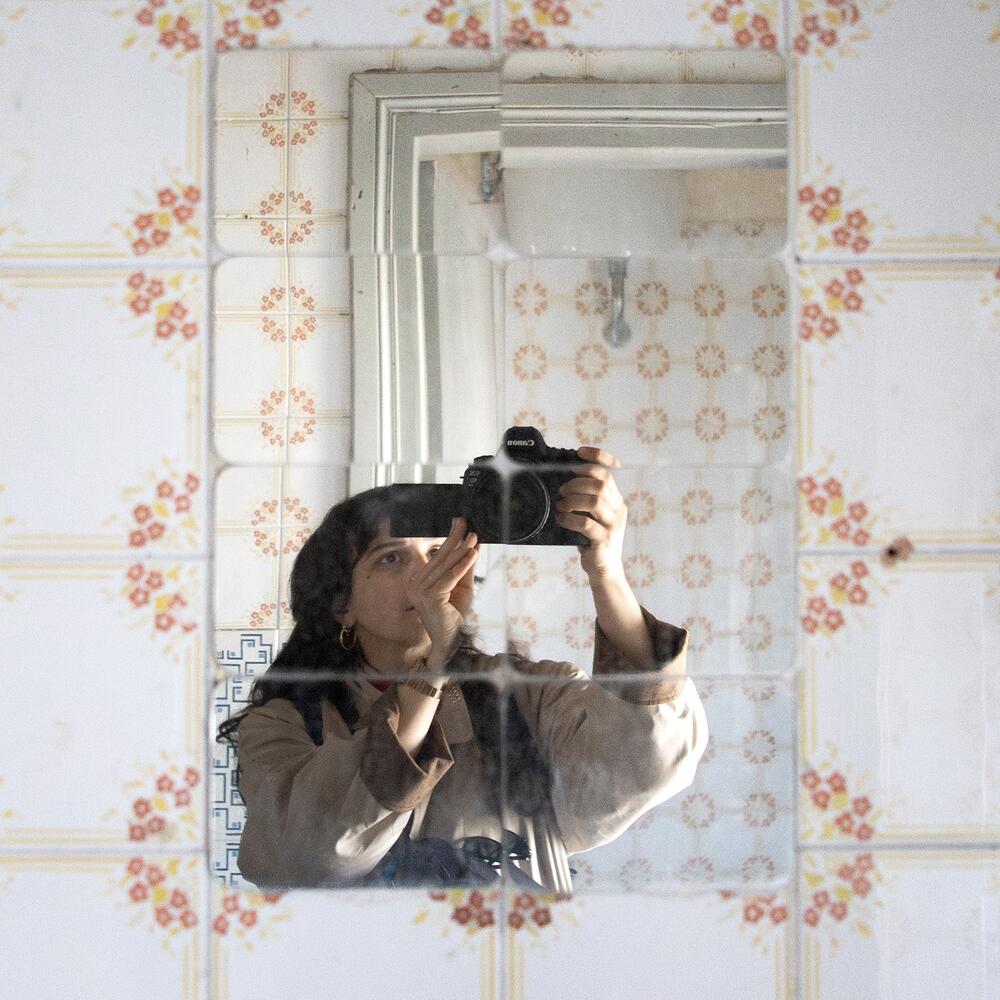
"Tracing Belonging" investigates how language—understood as a dynamic, relational ecosystem—shapes experiences of dwelling, belonging, and coexistence amid ecological crisis and sociopolitical instability. The project addresses the disarticulation of meaning resulting from environmental and cultural breakdowns, examining how vocabularies, semantic structures, and linguistic practices influence mechanisms of inclusion and exclusion, as well as how communities relate to territories and ecosystems.
The research employs participatory artistic methodologies—including archiving, mapping, storytelling, collaborative publishing, dialogical workshops, and glossary creation—to critically interrogate institutional discourses, foster collective reflection, and co-create shared vocabularies. Through these practices, the project explores language as a site of negotiation and a tool for worlding, where meanings are constructed, contested, and re-signified, and where communities actively participate in shaping social, cultural, and ecological realities.
Drawing on ecolinguistic perspectives alongside co-learning and collaborative artistic inquiry, the project frames belonging as a dialogical and situated process—an act of “making-with” that enables new modes of coexistence, collective meaning-making, and inclusive, place-based forms of dwelling, while challenging institutionalised narratives of exclusion and marginalisation.
- - -
Paola Boscaini (b. 1997, Italy) is a transdisciplinary artist, researcher, and cultural producer based in Bolzano. Her work explores dwelling as a site of negotiation between Self and Other, body and environment, language and matter. Operating at the intersection of dialogical aesthetics, spatial installation, archive-based experimental methodologies, and micro-publishing, her practice seeks to map and reanimate shared terrains.
Currently a Doctoral Researcher at Mozarteum University Salzburg, she holds an MFA from the Albertina Academy of Fine Arts, Turin, and a BFA from the Academy of Fine Arts, Florence. She is co-founder of Corrispondenze, a participation-based artistic and editorial project, and works at the Lungomare cooperative.
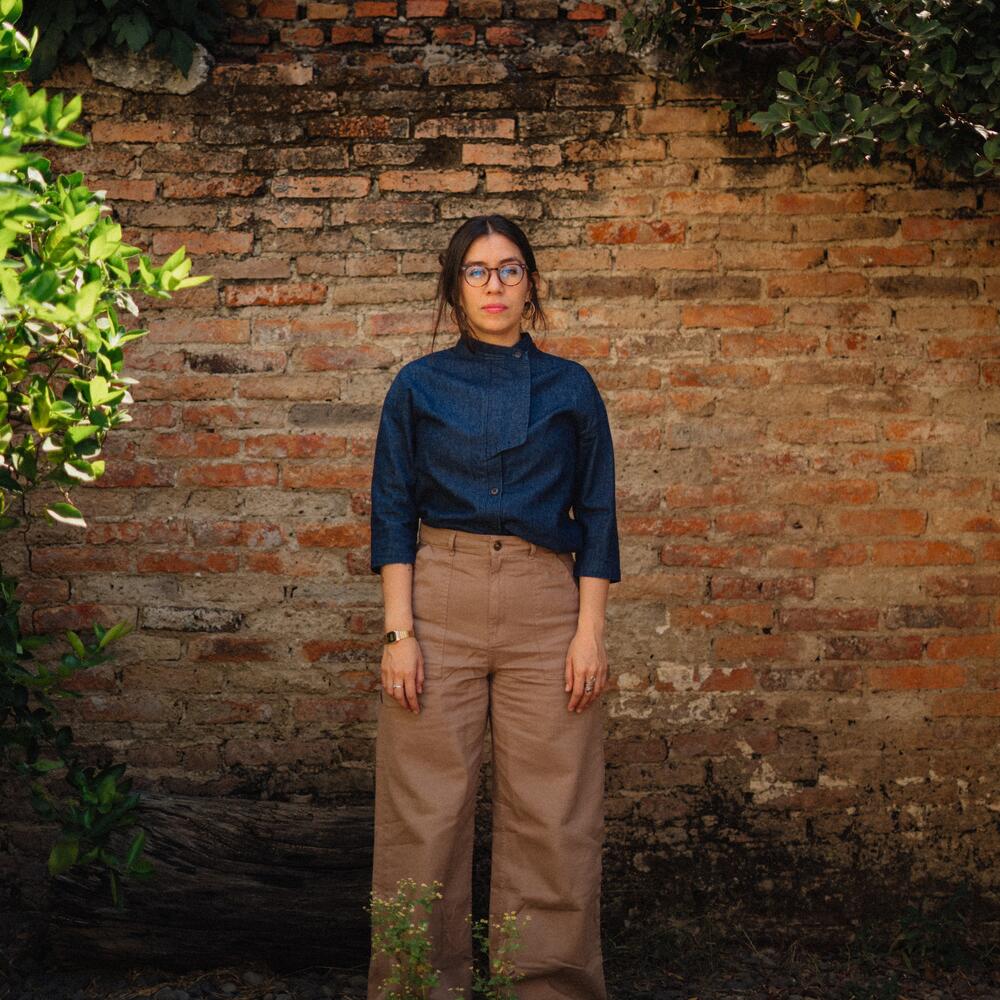
After the End is an artistic research project exploring future imaginaries of humanity through a post-naturalist lens, unfolding across sound, performance, and text. Responding to current socio-political crises, the project is situated within the soundscapes of public squares in Mexico and investigates the performative intersections between the human voice and suburban birds—specifically the great-tailed grackle (Zanate or Quiscalus mexicanus)—using speculative thinking to imagine alternative modes of existence.
Drawing on concepts such as speculative fabulation and liminality—key tools for expanding binary divisions such as human and nature—the project also explores the triad of soundscape, gesture, and context as a means of shaping diverse modes of listening and meaning-making within the performing arts. It aims to develop an experimental sound-based performance and a theoretical framework that illustrate how liminality can reshape the boundaries between body, sound, language, and territory. The process includes field recordings, local interviews, sound analysis, participatory and collaborative workshops, creation laboratories, and various forms of textual publication.
Adopting a future-oriented approach, After the End cultivates radical imagination, positioning listening and sound practices as political statements in an interconnected world. The project engages with the intersections of philosophy, critical theory, post-naturalism, sound ecology, sound art, contemporary performance, and experimental sound practices.
- - -
Janine Jop is a Mexican musician and interdisciplinary artist whose work centers on collaboration and artistic practice-based research. As a violinist, performer, improviser, and composer, her focus lies in experimental music, combining theatre and performance elements, both as a soloist and in group projects.
She is a founding member of Colectiva Tsunami, an activist feminist group of Mexican women musicians, and of Ensamble Supercluster, dedicated to expanded music.
Janine has performed in Peru, Chile, and Ecuador, and has been an artist-in-residence in Portugal, Austria, Iceland, and Romania. She holds a Master’s degree in Contemporary Performance and Composition (CoPeCo), a joint program across four institutions in Sweden, Estonia, France, and Germany.

“Energy. Burnout artist in a World on Fire” is an artistic research project by Ada Mukhina that includes a practice-based PhD at the Institute for Open Arts (Mozarteum University) accompanied by a trilogy of theatre performances. It will explore the notion of energy as a source of political and economical power, its material presence in the arts spaces and performing bodies, and search for the new aesthetics of the future energy culture. Each of the performances will explore the topic through different mediums: text-based, movement-based and sound-based practices.
I would like to explore artistic strategies on the intersection of performing arts and energy humanities, an emerging study that tries to understand how energy shapes culture and society. One of its ideas, expressed for example by Carret Dugget, is that changing one energy source to another - fossil fuel to renewable energy - is not enough to achieve an energy transition. We have to reimagine the whole energy paradigm, which we live in, or as Imre Szeman calls it “energy culture”, a whole “set of social practices and frameworks always already entangled with energy systems”.
As an artist, I also feel entangled in the current energy culture. My energy - the same as energy resources of the Earth - is getting exhausted through constant extraction: to create work, survive at the art market and address current political challenges. So what could be the new transformative strategies and practices of an artist, whose energy is at risk of being exhausted, in response to anthropogenic climate change?
- - -
Ada Mukhina is a nomadic artist, theatre director, writer, curator and performer, born in Saint Petersburg and based in Berlin. She creates political, investigative and participatory theatre performances across genres and borders that often invite the audience to step in. After completing her law degree, she earned MA in Advanced Theatre Practice from London's Royal Central School of Speech and Drama. Her works have been presented i.a. at Berliner Festspiele, Deutsches Theater and Sophiensæle in Berlin, Düsseldorfer Schauspielhaus, Toplocentrala in Sofia, Frascati in Amsterdam, at Deutschlandfunk and WDR Radio. She was awarded fellowships from the Akademie der Künste Berlin, Alexander von Humboldt Foundation and Laboratory for Global Performance and Politics in Washington, DC.
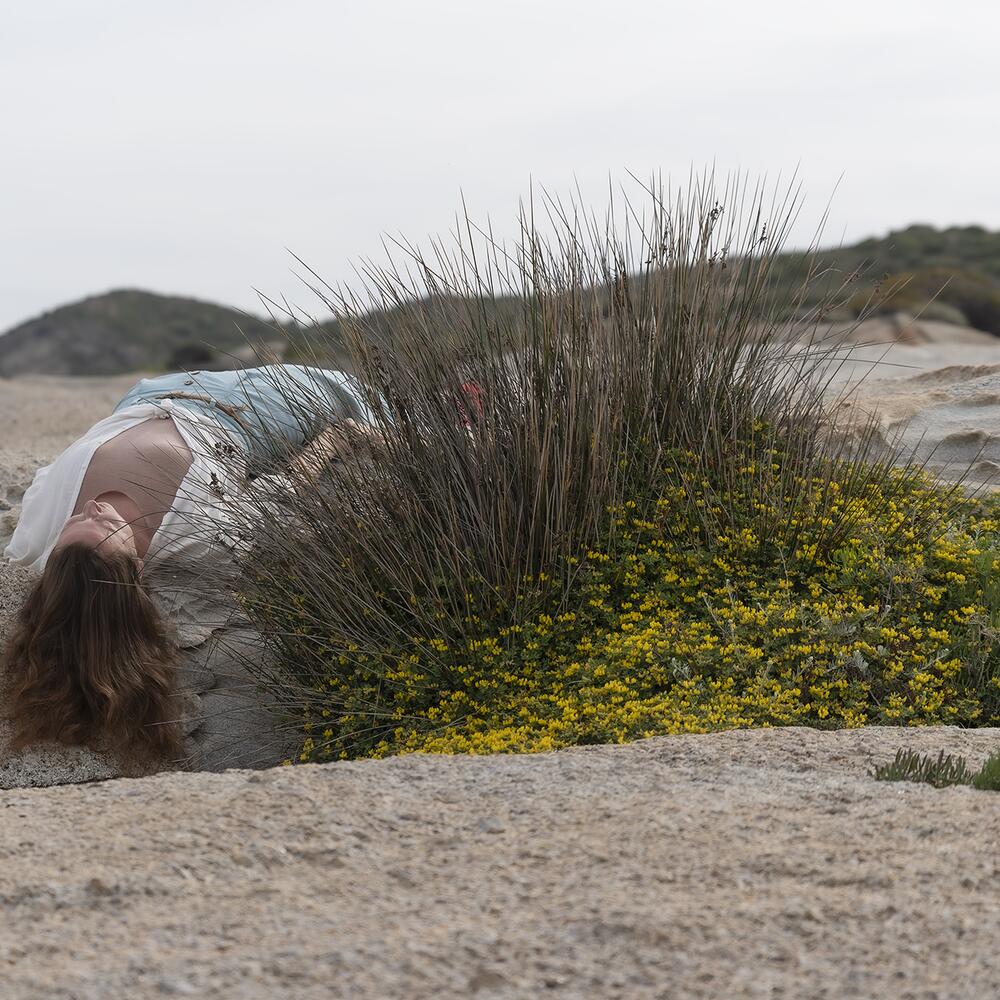
This artistic research explores the transformative and ecological potential of monstrosity within expanded choreographic and choreophonic practices. Drawing on feminist, queer, posthuman, and ecological discourses, it investigates the monstrous as a hybrid, subversive category of (human) thought that destabilizes anthropocentric worldviews and hierarchical divisions between human and non-human entities. Understanding monstrosity as a process rather than a figure, the research examines the concept of the monstrous body as an artistic method for engaging endangered ecosystems—such as wetlands, forests, and glaciers—as co-creative agents in choreography and sound.
Through movement-based, somatic, vocal, and ethnographic methods, the project develops and reflects on strategies to move and sound “as one body” with specific ecosystems, embodying hybrid, relational forms that blur ecological and corporeal boundaries. The concept of choreophony, following Julia Ostwald, frames the interweaving of body and voice as an expanded choreographic practice.
The research includes performative working processes with both public and internal showings. A key focus lies on pedagogical implementation through workshops with children and adolescents (ages 7–16), exploring monstering as a participatory, empowering and ecological practice that fosters sensitivity to diversity and interdependence. Insights from these workshops will inform at least one performance for all ages, translating the project’s theoretical and ecological concerns into embodied, performative forms.
- - -
Verena Steiner is an Austrian choreographer, dancer, musician, and pedagogue based in Hamburg. She studied Contemporary Dance (BA, ABPU Linz) and Performance Studies (MA, University of Hamburg) and has extensive musical experience in piano and voice. She has performed solo and collaboratively across Europe and beyond at venues including Kampnagel Hamburg, Impulstanz Vienna and the New Museum New York. Her widely toured piece UNGEHEUER (2021) for audiences from age five explored the subversive and empowering potentials of the “monstrous,” a theme she deepened as a 2023 PEERS fellow in Zurich. Integrating voice, sculpture, somatic practices, and teaching, her work engages transformation and embodied healing.
PhD Candidates - Admission year 2024
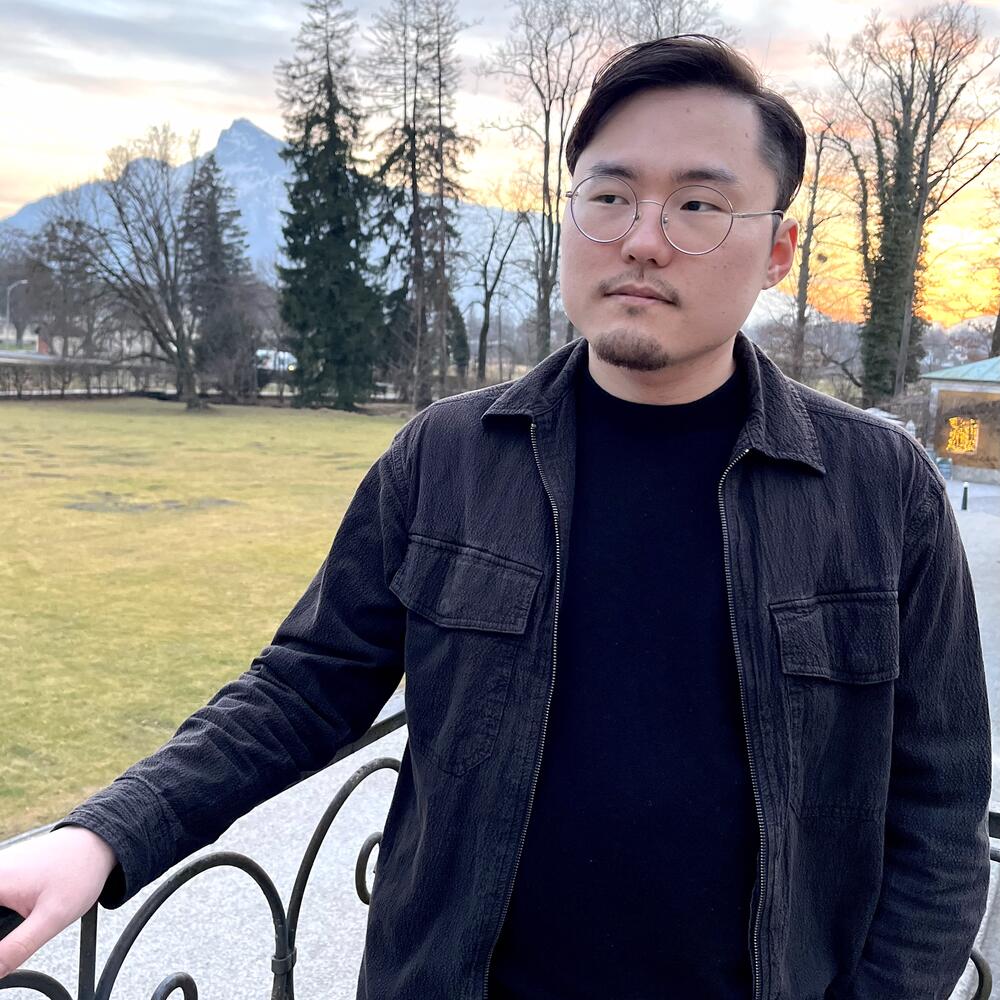
This study rests on two premises. First, the conditions of contemporary composition are intrinsically post-human. This claim holds both from the “classical” post-human perspective—where digitality, embodied in code, networks and algorithms, challenges anthropocentric notions of subjectivity—and from the earlier media-philosophical stance of McLuhan, Clark and Chalmers, who regarded even inorganic tools such as notebooks or pencils as extensions of the human mind.
The second premise is that the post-human predicament created by these conditions foregrounds memory within the specific artistic practice of contemporary composition. Music still depends on memory and expectation of temporal structures, and post-conceptual composition, in which reflection on mediality is internalised, will continue, perhaps for a long time, to treat memory not as a problem to be dispensed with but as the primary locus where mediality is negotiated. Under post-human circumstances the question of memory is posed in forms such as: What shall we call memory? Who remembers? How is remembering enacted?
Grounded in these premises, this artistic research asks how musical temporal structures—how music exists as form in time—can engage the memory-related questions that arise in contemporary composition. Through the artefacts themselves and an autoethnographic
record of the working process, the project makes visible the tacit, practice-based knowledge it produces, aiming to contribute to both compositional practice and scholarly discourse.
- - -
Noh Seung Ju, born in Seoul, South Korea in 1997, is a composer currently based in Austria. His work has earned the International Stiftung Mozarteum’s Paumgartner Medal, selection for the Lucerne Festival Composer Seminar (leading to a performance in Ensemble Modern’s Happy New Ears series), and second prize at the Bartók World Competition. Among all musical parameters he is especially drawn to rhythm; influenced by 'pungmul-nori', he explores rhythmic textures and contrapuntal interplay. This focus has led him to the broader architecture of temporal form, a subject he is now pursuing in a doctoral artistic-research programme at the Mozarteum.
Supervisors: Laure M. Hiendl, Johannes Maria Staud
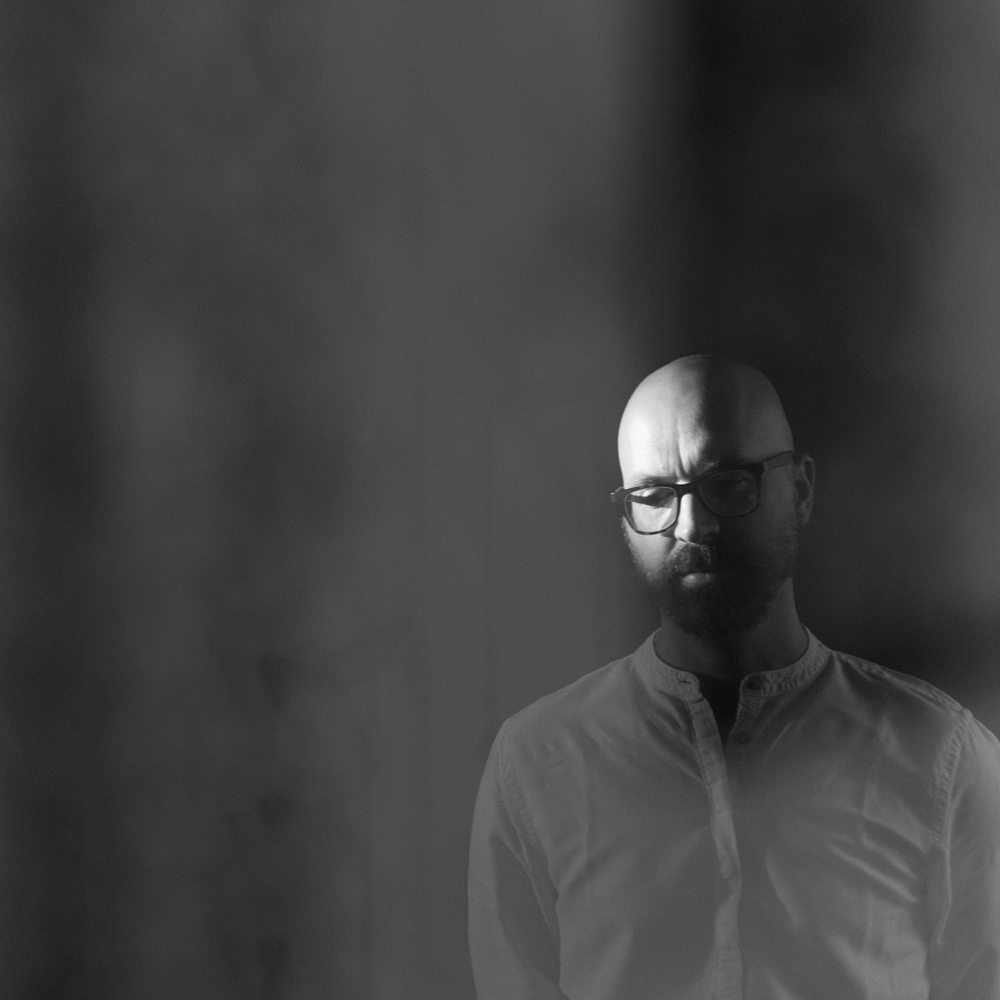
Drawing on agential realism and posthuman knowledge, my research builds a cartography of the implicit axioms and normative-perceptual structures embedded within aesthetic capitalism. As legal governance increasingly yields to AI infrastructures and market dynamics, regulation no longer operates primarily through law or democratic processes. Instead, it unfolds through algorithms, economic self-regulation, and affective economies, transforming perception itself into a site of governance—modulated by circulation, visibility, and emotional resonance.
My focus lies on the aesthetic and perceptible dimensions of these emergent assemblages, attending to how power and normativity are felt, embodied, and materialized—both in physical spaces and dematerialized domains such as institutions, data infrastructures, and entertainment ecosystems. In this context, I position myself as both observer and observed, tracing how such mechanisms inscribe themselves onto my body, thoughts, and emotions—shaping not only my actions and decisions, but my very becoming. Enmeshed in consumerism, I embody the ideal subject of aesthetic capitalism: too sensitive to remain untouched, too immersed to resist.
My practice centers on capturing what I call “patterns trouvés” through molding, casting, and other inscription techniques. Through experimental mapping and trace-oriented processes, I construct a situated cartography of these formations by identifying perceptible residues—cracks where latent structures surface. This cartography is unstable, contingent, and often born of fortuitous encounters. In these cracks, I trace the silence where power has passed—always ready to return and remap the same spot anew.
What forms of cartography are needed to critically engage with the dispersed mechanisms of control? How might these operations be made traceable?
- - -
I am Francesco Pizzocchero, a multidisciplinary artist living and working between Padua, Venice, Milan, and Salzburg. My practice involves a wide range of materials such as wax, iron, wood, ceramic, and plaster, as well as sound and natural elements. I work across various techniques, including sculpture, casting, drawing, coding, performance, and sound installation.
My academic background began with a degree in law, followed by several years of work as a legal professional. However, it soon became clear that I needed to dedicate myself fully to artistic research and practice. I therefore attended the Academy of Fine Arts in Venice, where I graduated with honours in Decoration. Since 2024, I have been admitted to the practice-based PhD in the Arts programme at the Institute for Open Arts - Mozarteum University in Salzburg, where I continue to refine my artistic practice and deepen my research.
Supervisors: Artemi-Maria Gioti, Lucia D'Errico (external), Thomas Ballhausen, Alberto Cammozzo (external)
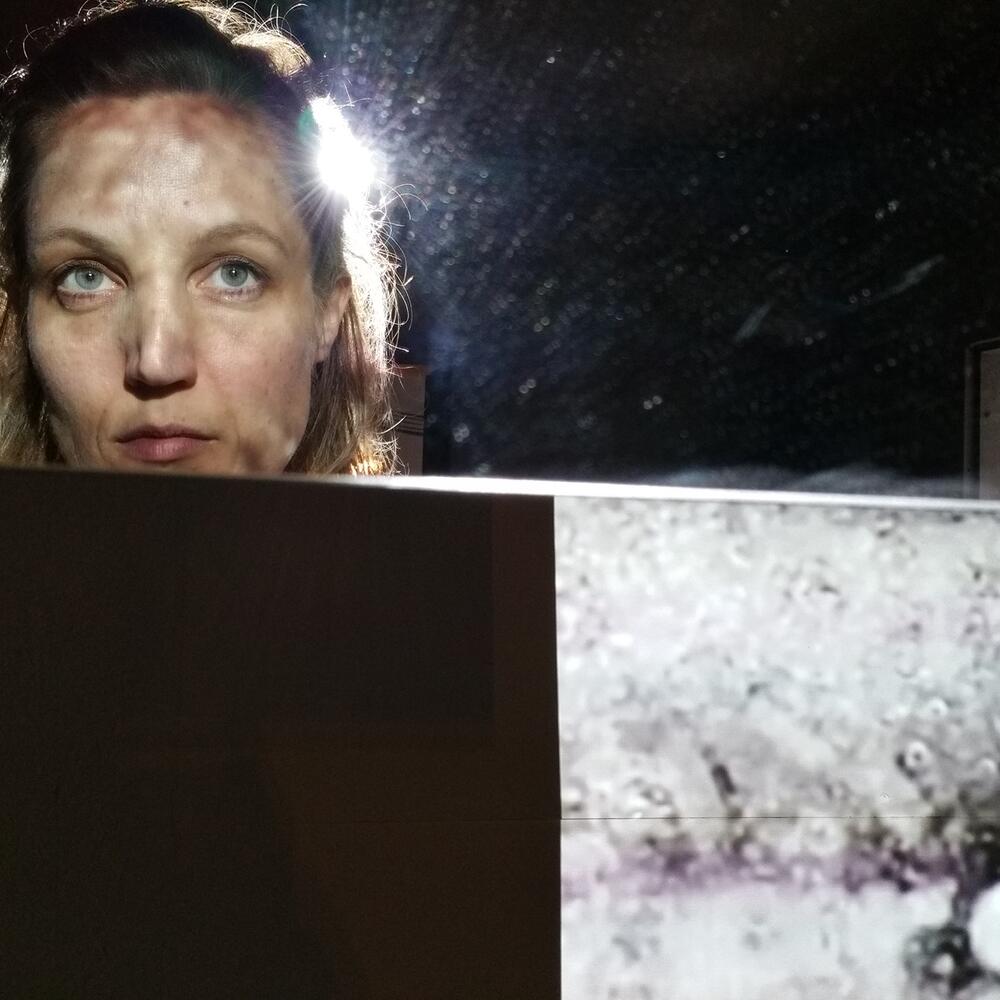
The PhD project explores how generative real-time media can evoke a felt sense of connection between human and non-human entities by staging ecological and temporal transformation as immersive, perceptual experience. It aims to create a performative “media-organism” that reflects the interdependence of living systems and challenges the separation between nature and human subjectivity. Through a series of audiovisual experiments, the research investigates how motion, rhythm, and real-time image-sound processes can generate somatic resonance—a bodily response to temporal and geological forces. The project intertwines generative animation, motion tracking, and code-based image production with fieldwork-based physical movement practices as methods of sensory data collection and embodied reflection. By emphasizing perception beyond language and linear narrative, the work seeks to reconstruct a sense of presence and ecological kinship. It reflects on how audiovisual media can move beyond representation to activate an awareness of vitality and interconnection within a shared biosphere.
- - -
Claudia Rohrmoser is a video artist working at the intersection of visual music, expanded cinema, and media scenography. Her practice explores the fusion of animation, live cinema, and immersive media, often in collaboration with composers and theatrical set designers. Her work includes audiovisual performances, and large-scale video installations for opera, concerts, and contemporary music. Her installations and performances have been showcased internationally at venues such as Stanford University’s CCRMA (Palo Alto, CA), the Eastman School of Music (Rochester, NY), and Teatro Real (Madrid), as well as at major music and arts festivals like MUTEK Festival Tokio, Salzburger Osterfestspiele, Ars Electronica, and Inventionen Festival Berlin. She is the founder of Cinema Vertigo, a platform for artistic research in media spaces. She has been awarded multiple prestigious grants and scholarships in the field of multimedia composition, including the Salzburg State Prize for Media Art, the Bourges Electroacoustic Music Award, and a scholarship-supported Banff Leighton Artist Residency. Claudia studied Computer Animation at FH Salzburg and Experimental Film and Media Arts at UdK Berlin. Currently, she is a Professor of Motion Design and Media Scenography at Bielefeld University of Applied Sciences and Arts (HSBI). Born in Austria, Claudia lives and works in Berlin and Bielefeld.
Supervisors: Artemi-Maria Gioti, Jürgen Hagler (external)
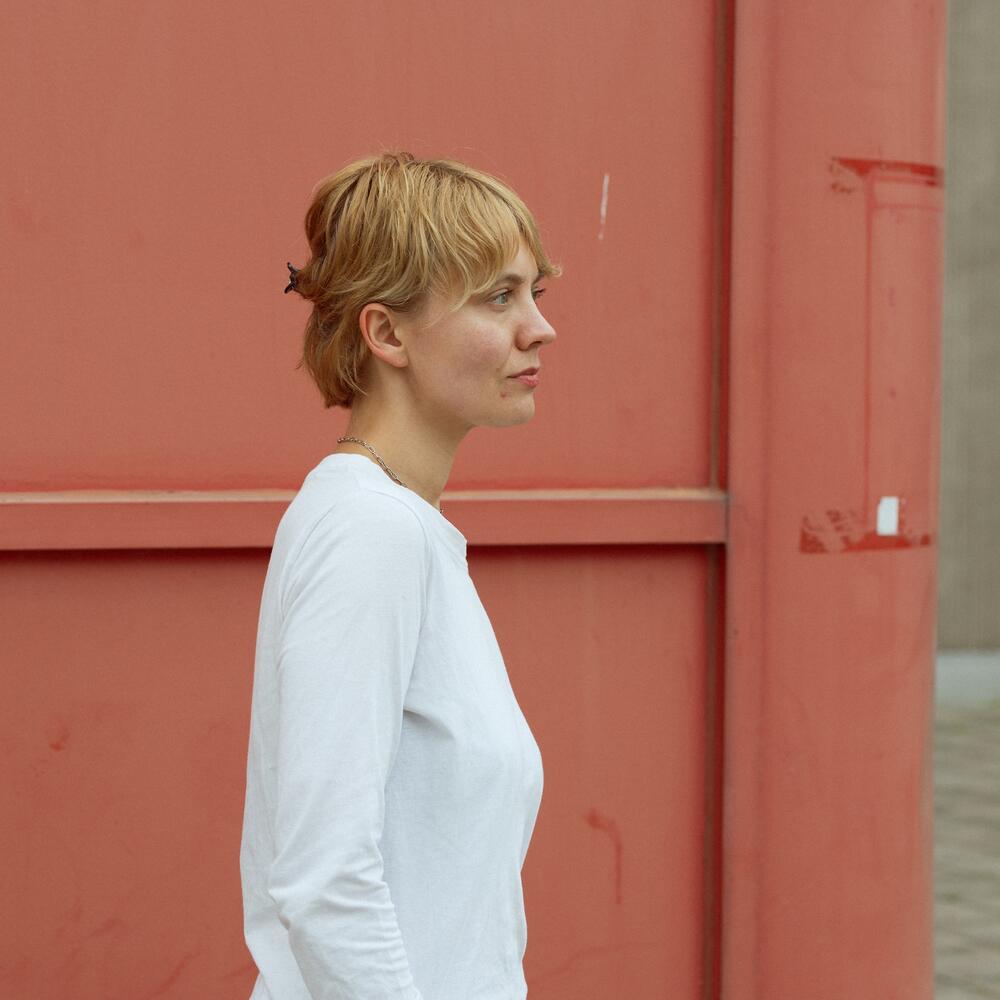
Re-enacting a Collection: On Art Brut, Sanism, and Mad Storytelling critically examines the persistent marginalization of artists associated with "Art Brut" who are labeled as mentally ill. Despite widespread recognition that art is embedded within societal contexts, works associated with this term are still portrayed as apolitical, isolated, and mystical—an outlook deeply rooted in sanism. The project seeks to challenge these contextualizations by developing counter-narratives grounded in Mad, situated perspectives that reclaim cultural and social memory of (ex-)patients.
Within the scope of the project, I will engage with historical artworks and archival material from the Prinzhorn Collection (established in 1919)—a key foundation for the collection and study of pathologized art in the European context. At the same time, I will critically examine the collection itself. The project employs strategies such as speculative storytelling, re-enactment, and exhibition-making. A central research question guiding the inquiry is: In what ways can engaging with the socio-political dimensions of historical artworks and archival materials enable the construction of (ex-)patient-led narratives that challenge the authority of archival and psychiatric power?
Rather than interpreting the artworks—and “mental illness” more broadly—as expressions of inner worlds detached from reality, they are explored as forms of artistic knowledge shaped by social, political, and institutional conditions. Influences from (ex-)patient movements inform the project’s aesthetic strategies, emphasizing collective storytelling, fragmentation, and deconstruction—proposing a Mad perspective as both critique and method.
- - -
Elina Saalfeld is an artist-researcher. Her interdisciplinary, lens-based practice explores power structures in image and narrative production. After completing her B.F.A. at HFBK Hamburg in 2020 (class of Broomberg & Chanarin), she receivedearned her Master’s degree in Art in Context at the UdK Berlin in 2023. Since 2018, Saalfeld has been a member of the Young Valley Soil artist collective.
Her individual and collaborative works have been exhibited at, among others, M.1 of the Arthur Boskamp Foundation (2024), CCA Berlin (2023), the Triennial of Photography Hamburg (2022 and 2018), and the Museum of Photography Berlin (2021).
Supervisors: Iris Laner, Rafal Morusiewicz (external), Jasna Russo (external)
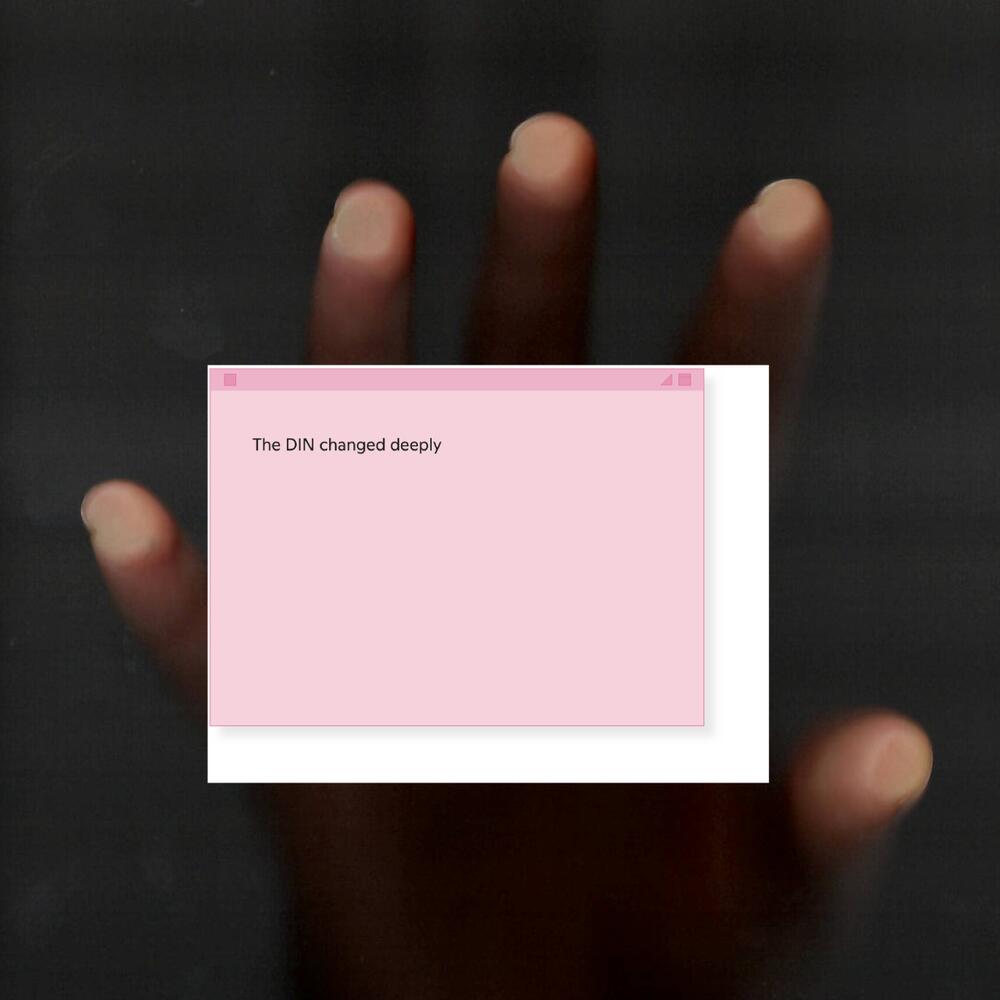
This research project will develop an artistic methodology that engages with organisational structures and planning processes within the built environment. The built world can be considered a material record of human affairs, as 'built documents' which are physical manifestations of the policies, economic incentives, displays of power and technologies of their time. Planning processes reflect material, real-world issues that simulateously carry an ideological and representational weight. By turning to fiction, mimicry and conjecture, the aim is to reveal underlying structures within these processes that would otherwise be inaccessible.
A fictional enterprise, 'Public Programme GmbH', will serve as the site through which these forces and processes are accessed. Rather than identifying a pre-existing site and tracing its entanglements, this project uses a fictional framework as the site itself. This is an attempt to distort or invert the notion of site-specificity by moving away from particular site conditions towards an echo or reflection of the underlying issues. Within this invented context, the service phases of the building industry — the 'Leistungsphasen' or 'Plan of Work' — will be used to trace these world-making processes. These standardised guidelines, which are intended to organise outcomes and define the flow of information, will be reimagined as tools for speculative enquiry. The languages of planning will serve as an offbeat script from which to consider the built environment as man-made, not something that simply exists, but as an act of creation. Using artistic methods and processes that mimic or attach to the structured systems in place in the built environment, this research project seeks to models the conditions that shape our physical world.
- - -
Sunette L. Viljoen, (b. South Africa) is a visual artist living and working in Berlin. Her sculptural installations are frequently site-specific and informed by literature and architecture references. She earned her MFA from the Michaelis School of Fine Art at the University of Cape Town in 2012. Viljoen was a participant at the Jan van Eyck Academie in Maastricht, (2014-2015); a fellowship recipient at Braunschweig University of Art (2012-2013); and at Akademie Schloss Solitude in Stuttgart (2020-2021). She has exhibited at Sonsbeek 20→24 in Arnhem, Kunsthalle Baden-Baden, SAVVY Contemporary, Berlin, Goodman Gallery Cape Town, Die Raum, Berlin, and the 13th Dakar Biennale in Senegal.
Supervisors: Karen Nicole Werner, Susanne Hefti (external)
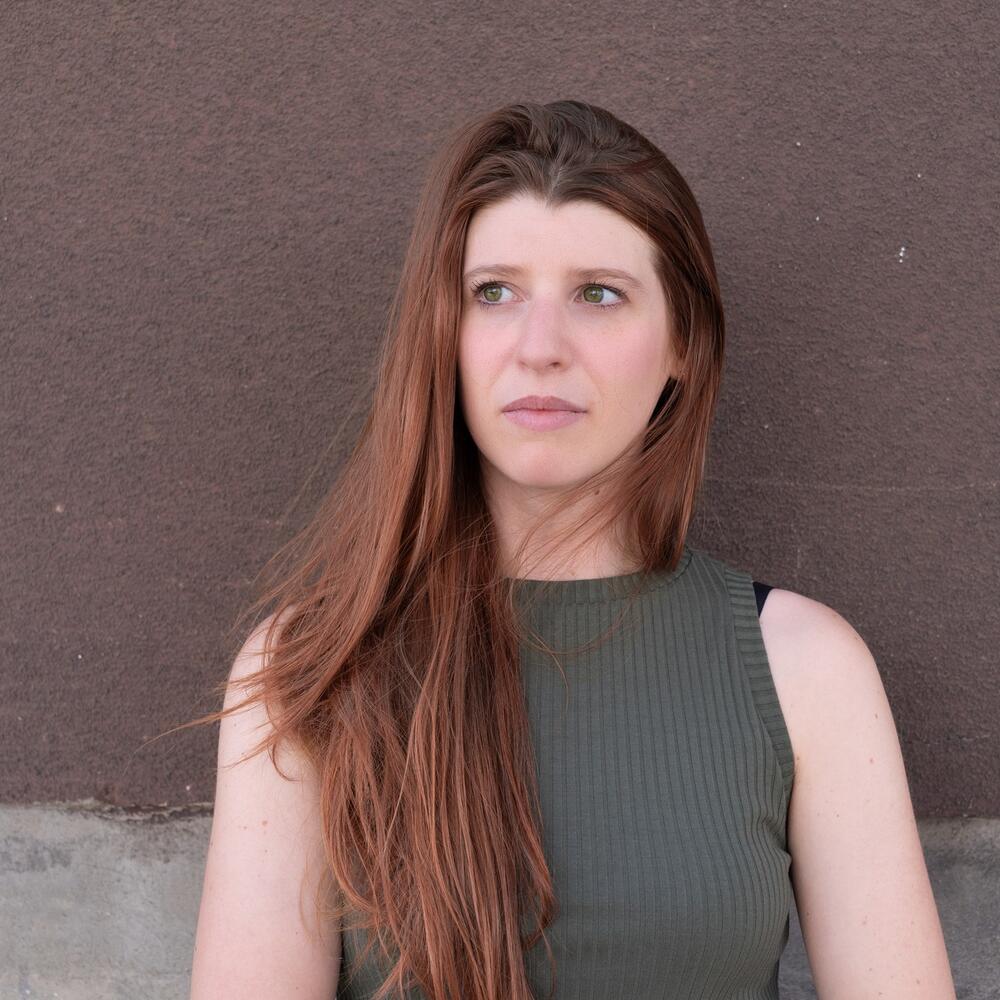
This research aims to explore the potential of sound as a tool within design process, understood as a structured system of values, principles, knowledge, and methodologies. It reconsiders the role of the musician as a possible interlocutor and mediator in interdisciplinary processes that operate beyond the boundaries of musical performance. Positioned between historical memory and contemporary perspectives, the project draws on a range of experiences - from the Venetian coro spezzato to contemporary sound installations - that demonstrate how sound does not merely occupy space, but actively contributes to its intelligibility, its experiential dimension, and its design methodology. From this standpoint, the research seeks to investigate a project culture that recognizes sound and musical knowledge and practice as generative dimensions, capable of opening new operational and imaginative possibilities. The project seeks to create a platform for reflection and experimentation through dialogue, documentation, collaborative practices, and case studies - allowing sound and musical culture to emerge as modes of thought, communication, and critical engagement. It aims to reconsider the role of musicians in the design of auditory spatial concepts, while simultaneously exploring the interrelation between aesthetics and design strategies, between space and sound.
- - -
Valeria Zane is a musician currently pursuing a PhD at the Mozarteum University. She holds degrees in harp from the Conservatories of Venice and Padua, and a specialization at the Norwegian Academy of Music. She earned an MSc in Management from Ca’ Foscari University and ESCP Business School. Co-founder of studio Pase, her work explores music and creative research projects and processes. She collaborates with the Ugo and Olga Levi Foundation, is a board member of the UIA – Università Internazionale dell'Arte, and has worked with institutions such as La Biennale di Venezia, Oslo Opera House, and Opéra National de Paris.
Supervisors: Laure M. Hiendl, Anamarija Batista, Lucia D'Errico (external), Alessandro Colombo (external)
PhD Candidates - Admission year 2023
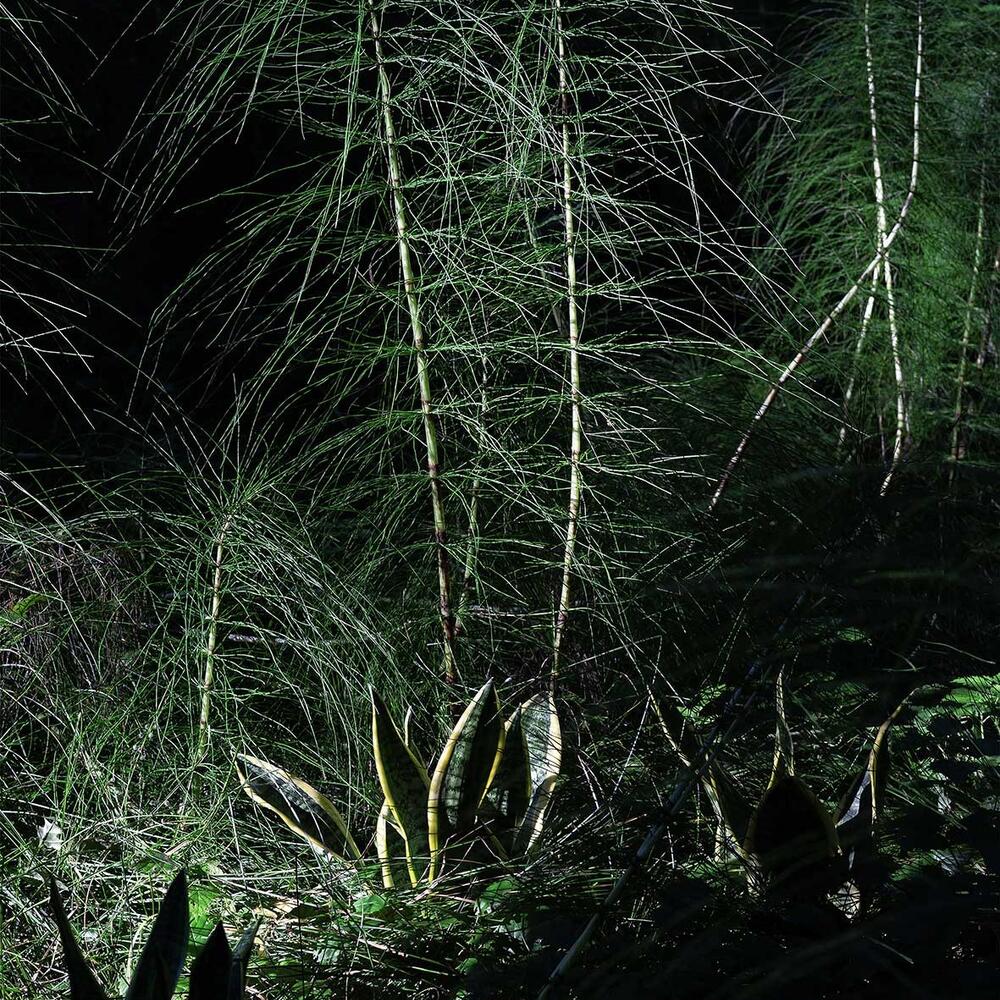
Natur aus zweiter Hand deals with the displacement of plants and the power-political systems and entanglements that are archived and reflected in the flora. With the arrival of Columbus in the Americas in 1492, transoceanic plants became protagonists, alongside humans, of European exploration and investigation, of conquest and cupidity, of (literal) uprooting and long sea voyages on which only the most resilient survived. Today, the descendants of these well-travelled plants live among us, and most of us have a piece of "exotic paradise" in our homes, or: a piece of colonial history.
But the fate of some plants has changed: they have gone from being displaced to becoming invasive themselves, transforming ecosystems and endangering endemic plants. With these plants—invasive neophytes— hegemonic power relations, at least in nature, seem to be renegotiated, as they propose a different distribution of habitat, land use and resources other than (neo)colonial politics and economy might pretend.
Natur aus zweiter Hand aims to reveal what different narratives of world-making and history might be told by the (invading) plants themselves, and to scrutinize the anthropocentric gaze and interests on established and emerging ecosystems. In doing so, a particular focus is placed on the political and economic aspects of these interests. The world-making narratives unfold in a series of exhibitions and writings in which the neophytes are acknowledged to have agency and are both the main protagonists and narrators.
Supervisors: Claudia Lehman, Karen Nicole Werner

What is commonly seen as a "choreography" is very often a final performed production: "the piece." How can one perceive a choreographer's true labor by seeing only its finished product? As only the end of the process is shared, the entire chronology of the real choreographic praxis is erased and its true labor remains invisible to the audience. From a solo research and conceptualisation, to bodily collaborations in a dance microcosm, to a product shared with the public, the complete labor of choreography remains invisible while being essential to the creative work and its comprehension.
"The invisible path of choreographic creation" challenges the view of the choreographer as reduced to the creator of set or improvised movement phrases transmitted to the dancers, and reveals the constant choices he/she/they must navigate in order to create a movement piece as well as his/her/their invisible labor and responsibilities. Contrasting a monolithic identity, the project tries to create a hybrid figure where the tasks of the choreographer, artistic director, curator or performer are intertwined. Navigating the artistic creation and the industry affecting it, how can one unveil the invisible labor of the choreographer in its artistic process? What does the unfolding path of creation encompass in its unseen labor? By showing the invisible, "The invisible path of choreographic creation" exposes the dynamics of the notion of ethics from the point of view of the creation and questions the intertwined responsibilities and constraints linked to the creation of a choreographic process.
From conceptualisation and the first ideas of a work in progress, to the research phase and the production of the piece that will be documented through different artistic methods, "The invisible path of choreographic creation" explores the chronology of the making of several pieces made alongside the research project. In this exploration it might perhaps emerge that the piece itself is not the most important element of a choreographic process. Perhaps the choices made and all the elements that happen around its production process are the real piece. The piece seen as a process allows for a redefinition of the word "choreography" and puts into perspective the choices made during the creation that may be more significant than any artistic product. Which methods of documentation are relevant to unveil the choreographer’s labor? In an alternation of methods and materials, the broader documentation of choreography and the accessibility of invisible labour question the limits of the notion of a "piece" and suggest a redefinition of the work of the choreographer and its figure as an entity. The piece thus becomes a space for physical, systemic, industrial and artistic negotiations from the point of view of the creation.
Supervisors: Claudia Lehman, Ana Hoffner (external), Anja Arend (external), Nathalie Carrié (external), Romain Panassié (external)
Supervisors: Ana Hoffner (external), Andrea Glauser (external), Alma-Elisa Kittner (external), Matthias Michalka (external)
Claudia Lehmann, Lucia D'Errico (external)
PhD Candidates - Admission year 2022
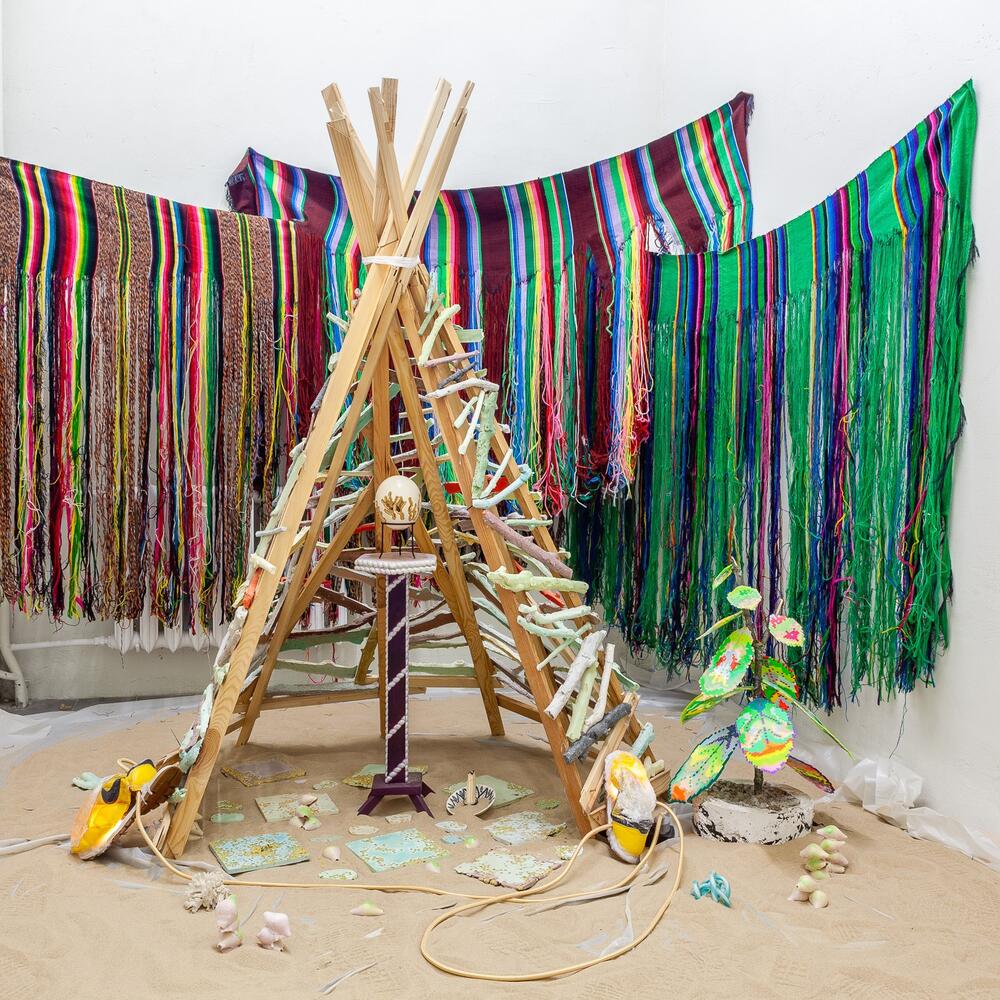
“Artistic Practice as a mode for Secular Ethics of Late Capitalism” is an interdisciplinary project that consist of the exhibition series, a musical and written thesis. The general aim of the proposed project is to research how—by implementing Marxist Critique and Lacanian Psychoanalyses onto the category of contemporary art—the notion of artistic practice could be considered as an emancipatory strategy that might generate new notions of freedom of subjectivity within late capitalist society. The practice that leads to production of the visual outcome of this project; the art-labor, which I’m forced to undertake simultaneously to my unpaid studies; as well as the enjoyment, which comes from the illusion of “freedom” of such a lifestyle—constitute of the case study for my theoretical thesis. What is important, the exhibition series and a musical are related to each other, too: The final installation of this series will become the movie set for the musical written by myself, which will be developed as a movie.
I build space around and inside shelters—which form an architecture of the uprooted—in which I place objects of a symbolic nature. The installation is inhabited by variety of organisms, such as plants, mycelium, or ants, which are captured without their permission. The idea of a shelter constitutes a narrative of the project and carries its impact, as well as it is utilitarian. The exhibition is foldable, can be displayed anywhere in similar form, and doesn’t take much storage space. The process of making the first half of the whole exhibition-set is the subject of my theoretical research, where every different hut becomes a representative of different chapter of the thesis: such as 'labor, beliefs and “nature”, enjoyment, materialism, history / immediacy.' The notion of a secular ethics understood both in the universal and individual context is the defining characteristic of this research.
Supervisors: Laure M. Hiendl, Ana Hoffner (external), Jan Sowa (external)
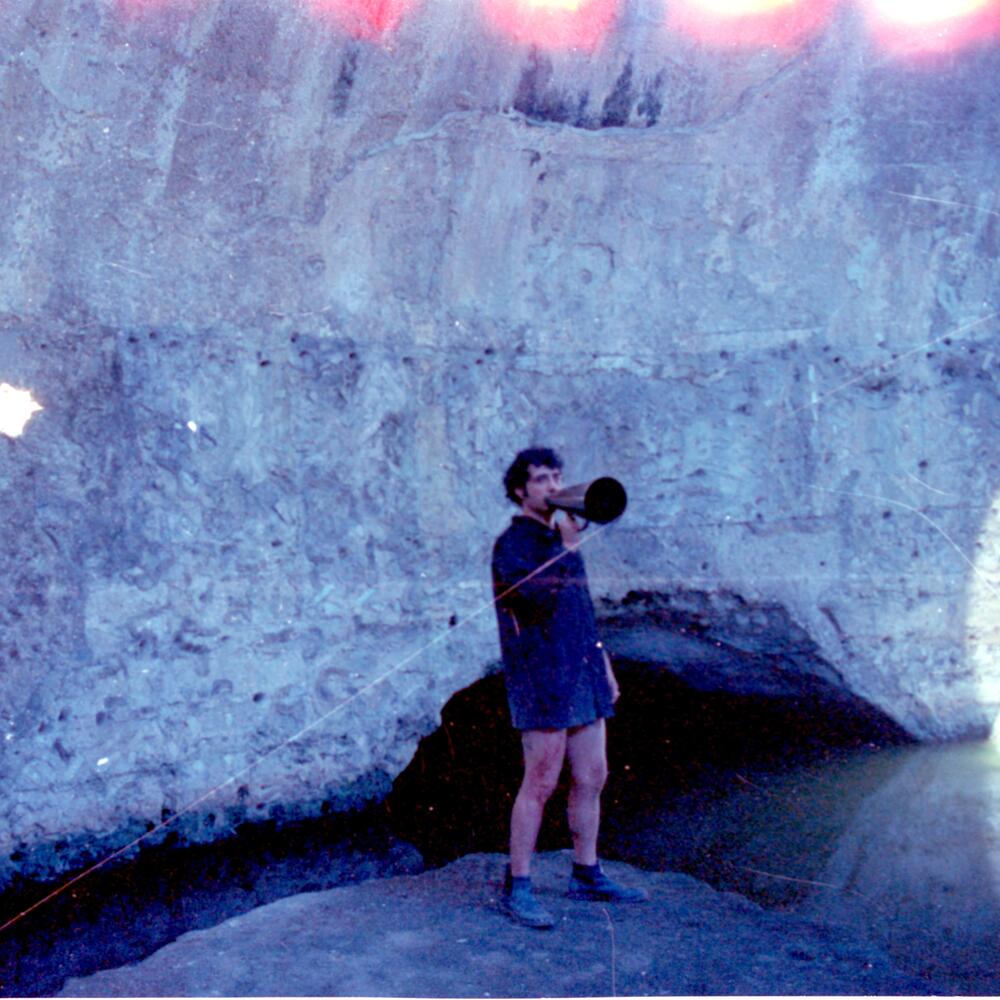
While the socio-technical alliance enshrined between industry and users is geared exclusively toward a market model adhering to a very stereotypical audience, Audio Erotica represents an unreleased and under-explored platform for implementing adult content in an inclusive and fluid domain, constructed with permeable languages.
Renato Grieco is focusing on a mediarchaeological compositional praxis that can be put at the service of all scholars, producers, activists, and consumers oriented toward the ontological exploration of the format of Audio Porn, Audio Erotica, and ASMR as a poietic and political medium.
At the same time, from the speculative point of view, Renato is documenting with scientific rigor the research with the aim of sharing the artistic perspective of those who actively employ and rethink media and technologies for a scientific community of researchers in interdisciplinary fields such as Porn and Media Studies, Organizational Studies, Media Archaeology, Radio Art, and Poetry.
Supervisors: Laure M. Hiendl, Domenico Napolitano (external)
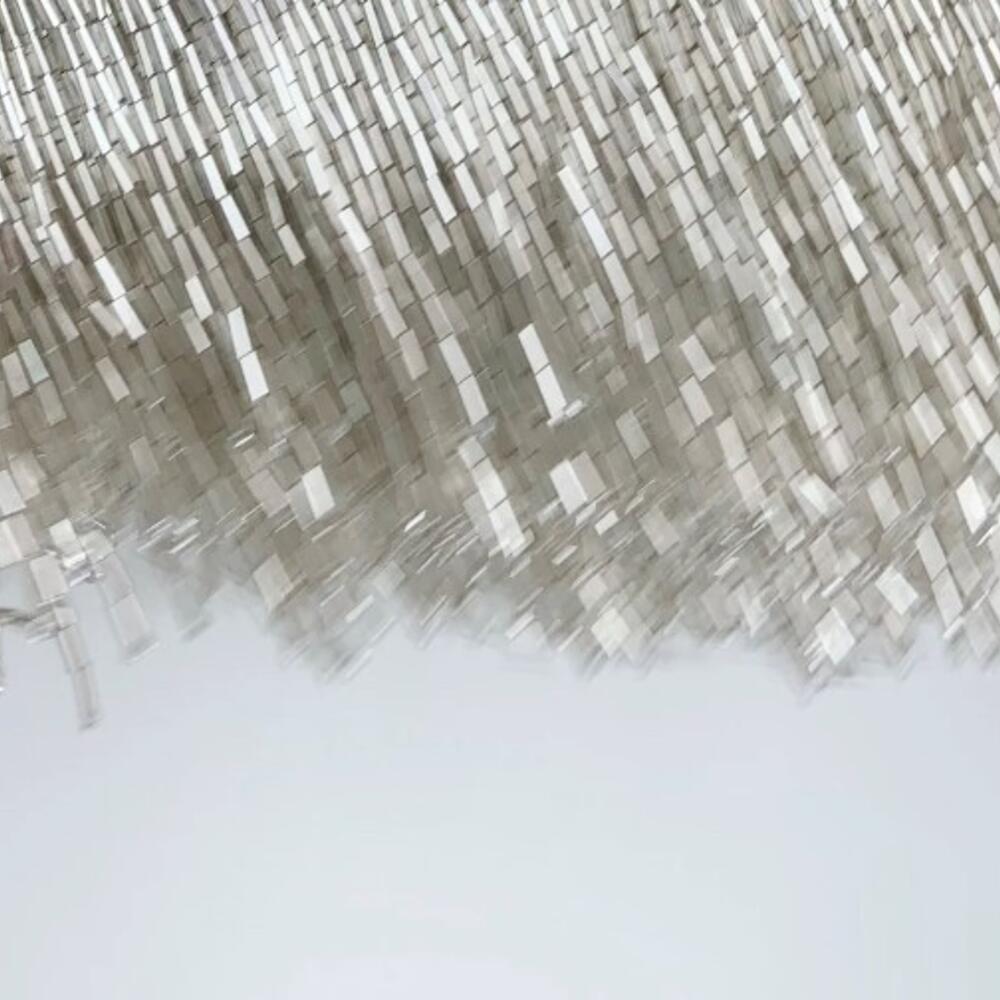
'The Excess of Cacophonies (E)' is studying how the modalities of excess arrive in and as art and life, via desire, survival, ecstasy, uselessness and disorder. The project works with text, sound and interdisciplinary art work through a series of collaborations, wherein aesthetic practices are combined with what is otherwise unfigured, and unpredictability is used as a technique for staying with intractability. The collaborations have public presentations and a continuum between them. E is proposing an outcome that flexes with the work itself.
The project's discursive work is interested in where and how 'excess' is used as a device in writing that holds a place for what is otherwise intractable, in a way that differs from the use of the term that applies directly to 'excess' or 'surplus' as philosophical categories. E is asking how this use began as a writing technique and is tracing its development through the present. From this questioning, the project is exploring whether this development can provide some insight into the project's broader study of ecstatic surplus as a simultaneous relation and reaction between art and the quotidian, as it is generated by and becomes within them. The art created throughout 'The Excess of Cacophonies' is in dialogue with but not determined by the project’s discursive framework; space is kept for the art work to move past it. Throughout, E engages with the relations between intractability, excess and possibility, and the paradoxical connections between art, the accidental and ecstatic surplus.
Supervisors: Laure M. Hiendl, Ana Hoffner (external)
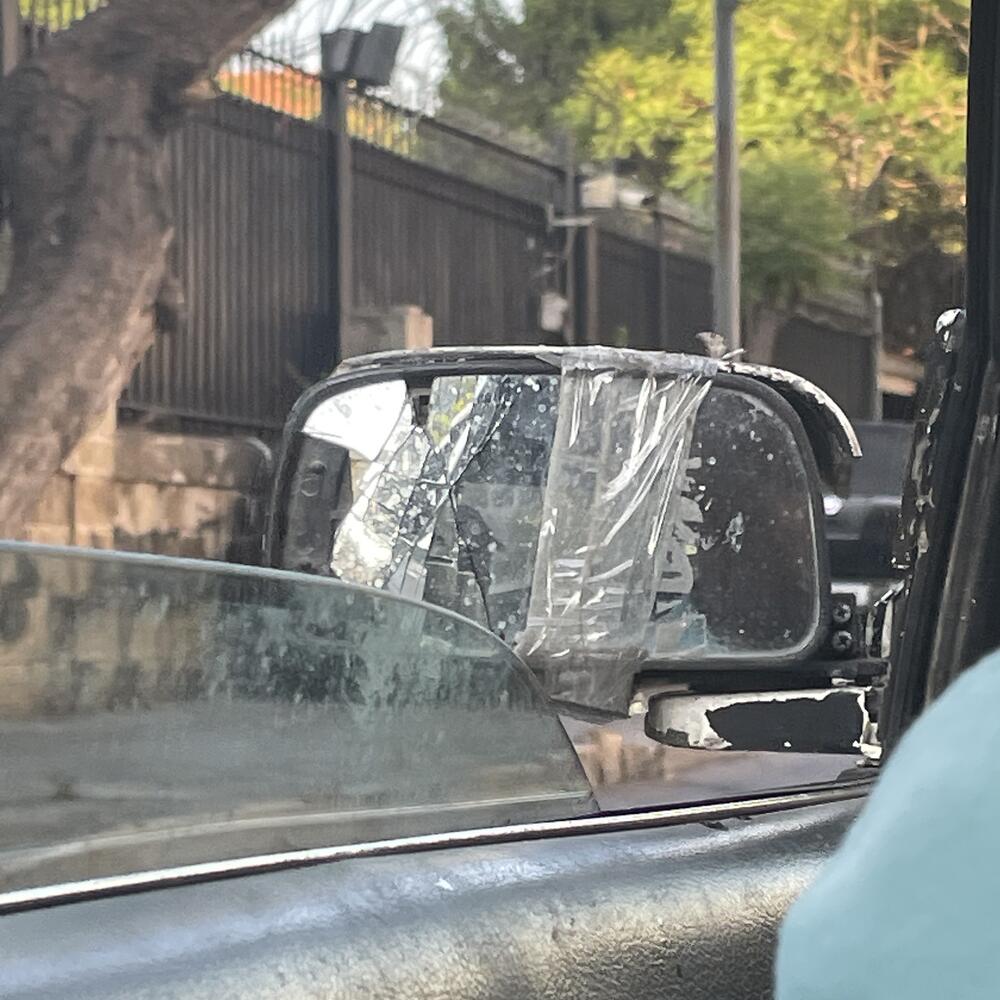
My phd research and project at Salzburg's Mozarteum University explores the intricate relationship between Haiti and Québec (Canada); language and the open geographical, political and cultural imaginaries that connect the Caribbeans and the valley of the Saint-Laurence river. This process, in general terms, asks how can solo and multiply authored artistic projects be envisaged such that they register, in their ways of making and enacting, the legacies and effects of colonialism. Currently, my research engages the colonial, migratory and cultural ties between Haiti and Québec as a general starting point for writing, exhibition and film making.
I am interested in the fluid boundaries between fiction and reality, probing the past and present ramifications between space, language and power. Often resisting classification, my work uses the fugitive vocabulary of art to experiment with the ambiguous relationship between documentary observation, modes of address and representation, emphasizing the plasticity of narration. This process develops in a post-disciplinary perspective, informed by collective study, publishing, conversation, image making, text, performance, exhibition and film making. With my artwork, my work and research, I ask how stories and images may be told, collectively processed, re/composed and shared today.
Supervisors: Lucia D'Errico, Dalie Giroux (external)
